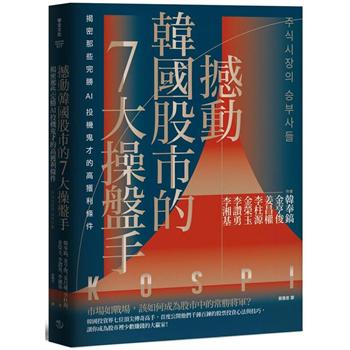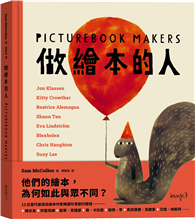"Bacteria in Milk: A Summary of the Present Knowledge Concerning Their Source and Significance" offers a comprehensive overview of the bacteriological aspects of milk production and handling as understood at the beginning of the 20th century. Authored by Veranus Alva Moore under the auspices of the New York State Department of Agriculture, this work compiles the existing research and practical knowledge regarding the types, sources, and significance of bacteria found in milk.
The book details the methods for identifying and studying various bacteria, their impact on milk quality, and their potential effects on human health. It addresses crucial topics such as contamination sources, pasteurization techniques, and sanitary practices aimed at minimizing bacterial growth. This historical work provides invaluable insights into the early development of dairy science and public health practices related to food safety, making it a relevant resource for historians, microbiologists, and anyone interested in the evolution of food science.
This work has been selected by scholars as being culturally important, and is part of the knowledge base of civilization as we know it. This work was reproduced from the original artifact, and remains as true to the original work as possible. Therefore, you will see the original copyright references, library stamps (as most of these works have been housed in our most important libraries around the world), and other notations in the work.
This work is in the public domain in the United States of America, and possibly other nations. Within the United States, you may freely copy and distribute this work, as no entity (individual or corporate) has a copyright on the body of the work.
As a reproduction of a historical artifact, this work may contain missing or blurred pages, poor pictures, errant marks, etc. Scholars believe, and we concur, that this work is important enough to be preserved, reproduced, and made generally available to the public. We appreciate your support of the preservation process, and thank you for being an important part of keeping this knowledge alive and relevant.











